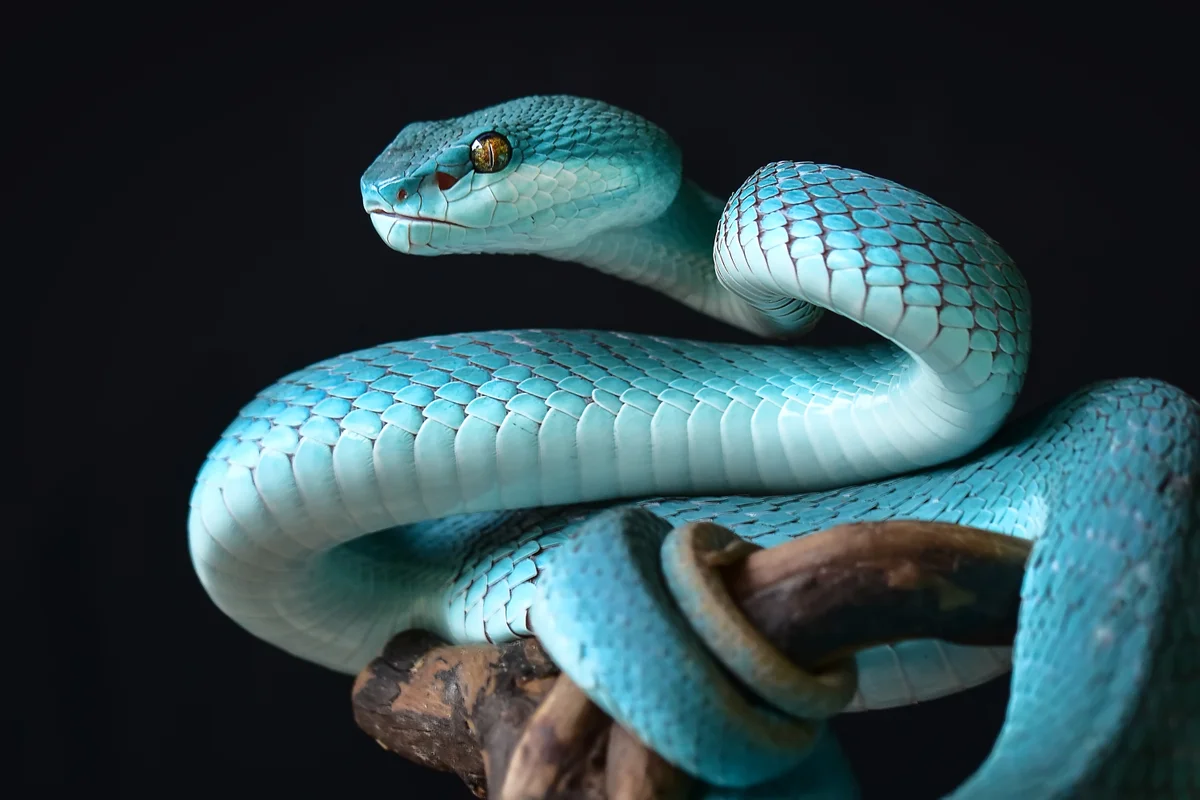The relationship between lunar cycles and animal behavior has fascinated scientists and nature enthusiasts for centuries. While many creatures are known to adjust their activities based on the moon’s phases, snakes present a particularly interesting case study. During full moons, many snake species demonstrate noticeably increased activity levels that differ from their behavior during other lunar phases. This phenomenon isn’t merely folklore or superstition—it’s supported by scientific observations and ecological understanding. But what exactly drives our slithering friends to become more active when the moon shines brightest? Let’s explore the fascinating reasons behind this lunar-influenced behavior.
Improved Nocturnal Visibility
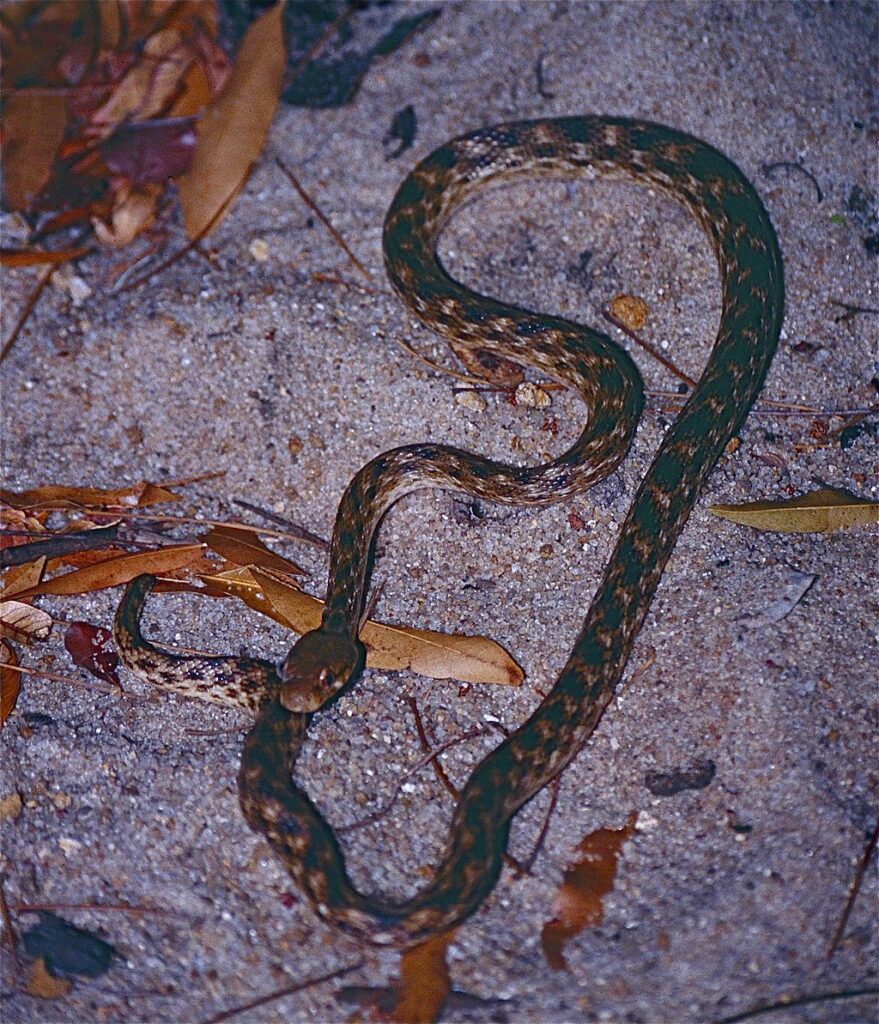
The most straightforward explanation for increased snake activity during full moons relates to improved visibility. Full moons provide significantly more illumination than other lunar phases, offering up to 30 times more light than a quarter moon. This natural lighting allows snakes, particularly nocturnal species, to navigate their environments more effectively without exposing themselves to daytime predators. Species like rattlesnakes and cottonmouths can hunt with greater precision when moonlight illuminates potential prey. This lighting advantage creates a perfect hunting window where snakes can see clearly while still enjoying the protection of darkness, substantially increasing their chances of successful predation.
Prey Availability Patterns
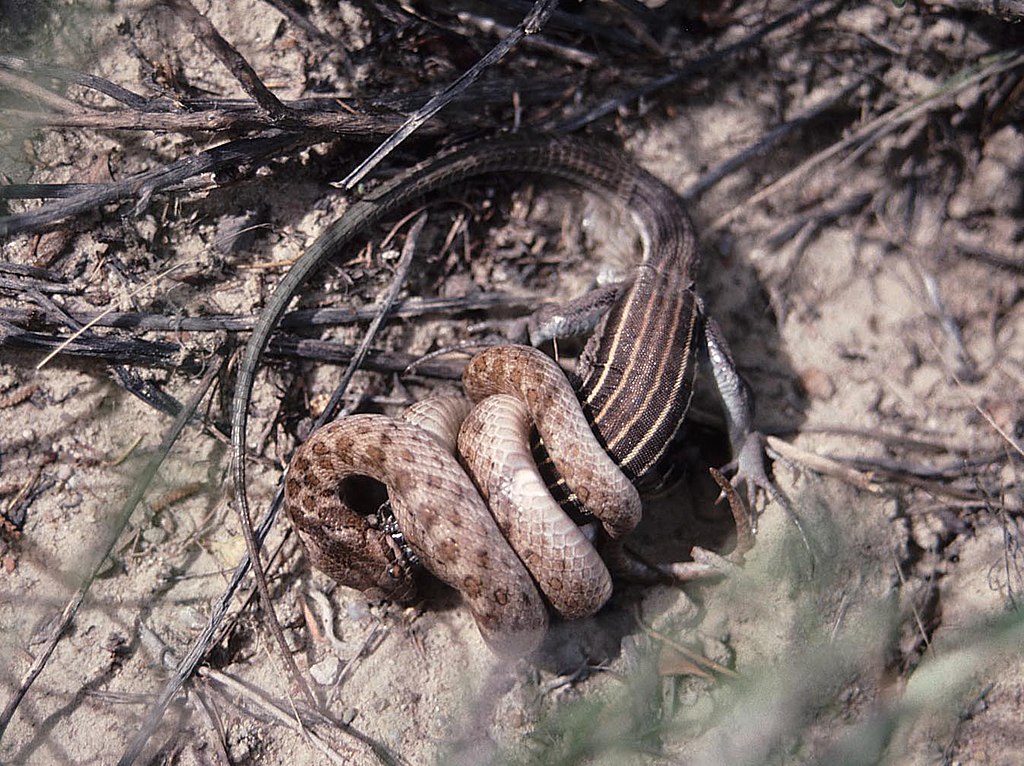
Full moons trigger complex ecological ripple effects that ultimately benefit snakes. Many small mammals, including mice, rats, and voles—primary food sources for numerous snake species—adjust their behavior during full moons. Research shows that while some prey animals become more cautious during bright moonlit nights, others increase their foraging activities. This behavioral shift creates a dynamic hunting environment where snakes encounter more active prey. Additionally, some insects become more active during full moons, attracting amphibians and small reptiles that serve as food for larger snake species. This cascade of activity throughout the food web provides snakes with enhanced feeding opportunities they’re evolutionarily programmed to exploit.
Thermoregulation Advantages
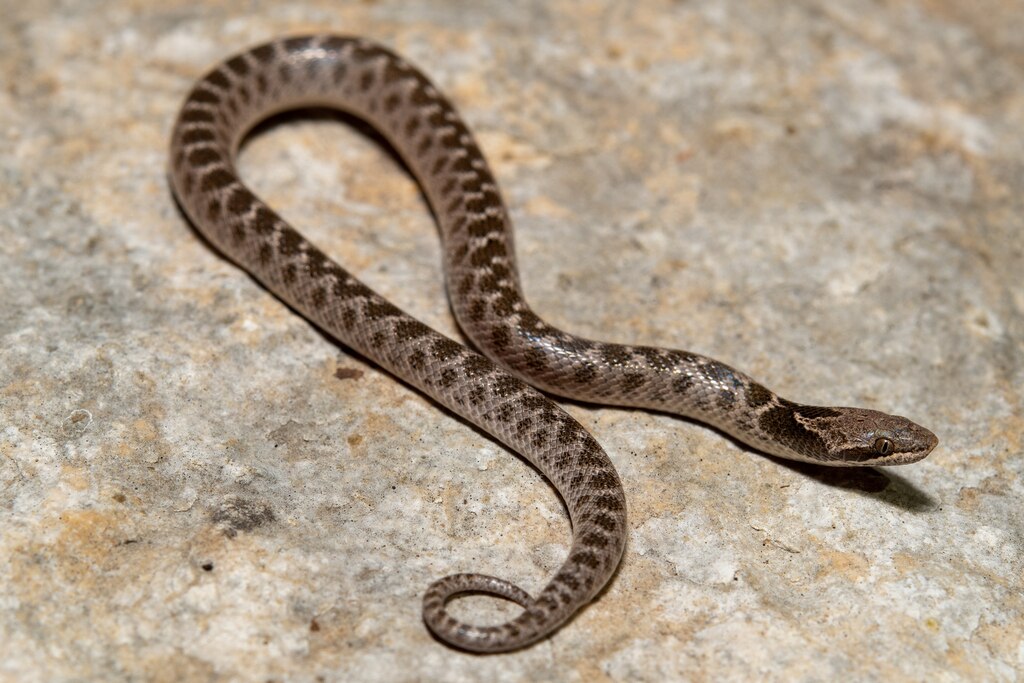
The full moon’s influence extends beyond mere illumination to affect environmental temperature patterns beneficial to snakes. As ectothermic creatures, snakes rely on external heat sources to regulate their body temperature. Full moon nights often experience slightly warmer temperatures compared to moonless nights due to increased reflected solar radiation. This subtle temperature difference can be particularly significant during cooler seasons, allowing snakes to remain active when they might otherwise become sluggish. The moon’s thermal influence is especially notable in desert environments, where the temperature differential between moonlit and moonless nights can exceed several degrees, sufficient to maintain snake metabolism at optimal hunting levels throughout the night.
Reproductive Synchronization
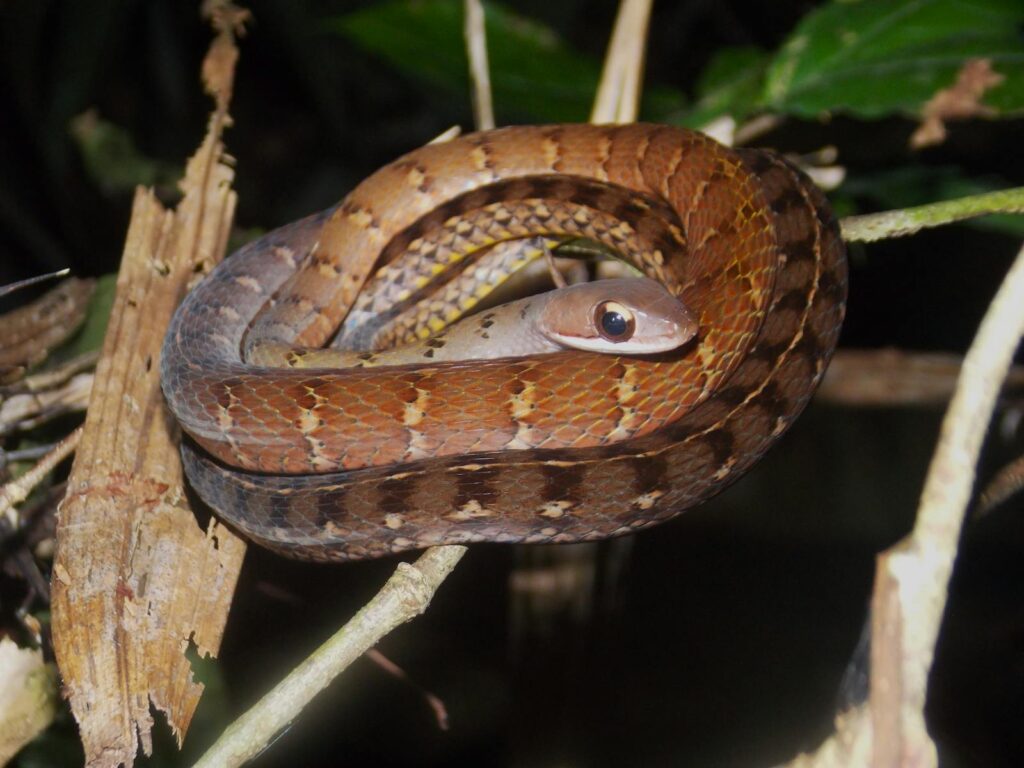
Perhaps one of the most fascinating connections between snakes and lunar cycles relates to reproduction. Many snake species synchronize certain reproductive behaviors with the full moon, particularly during their mating seasons. Male snakes often increase their movement patterns during full moons, searching more extensively for potential mates. For some species, such as certain pythons and boas, researchers have documented a correlation between full moon periods and mating activity peaks. This synchronization likely evolved as an adaptive advantage, allowing snakes to coordinate reproductive efforts when environmental conditions, including visibility, temperature, and prey availability, are most favorable for successful breeding outcomes.
Reduced Predation Risk
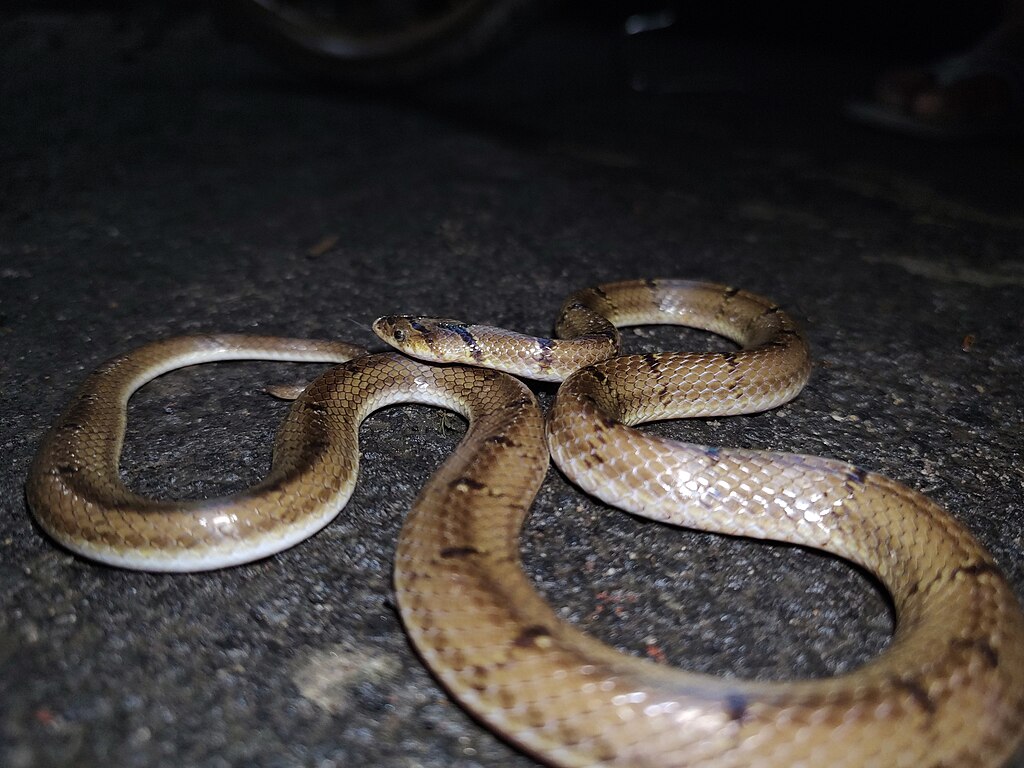
While it might seem counterintuitive that snakes would be more active during brighter nights when they could be more visible to predators, the full moon offers certain safety advantages. Many larger predators that target snakes, such as owls and nocturnal mammals, adjust their hunting techniques during full moons, often focusing on other prey or hunting in different areas. The improved visibility works both ways—snakes can better detect approaching threats while maintaining access to their hunting grounds. Furthermore, some snake species utilize specific moonlight-dependent defensive strategies, including staying near vegetation borders where they can quickly retreat while still capitalizing on the illuminated hunting terrain.
Hormonal and Physiological Responses
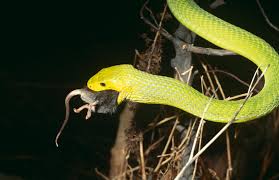
Emerging research suggests that lunar cycles may directly influence snake physiology through hormonal pathways. Studies examining hormone levels in several snake species have shown fluctuations that correlate with lunar phases, particularly regarding melatonin production. Melatonin, which regulates sleep-wake cycles in many animals, appears to decrease during full moon periods in certain snake species, potentially explaining their increased nighttime activity. Additionally, some research indicates that serotonin levels, hormones affecting mood and behavior, may shift during different lunar phases. These physiological responses appear to be evolutionary adaptations that prepare snakes metabolically for increased activity during optimal hunting conditions provided by full moon illumination.
Navigational Advantages
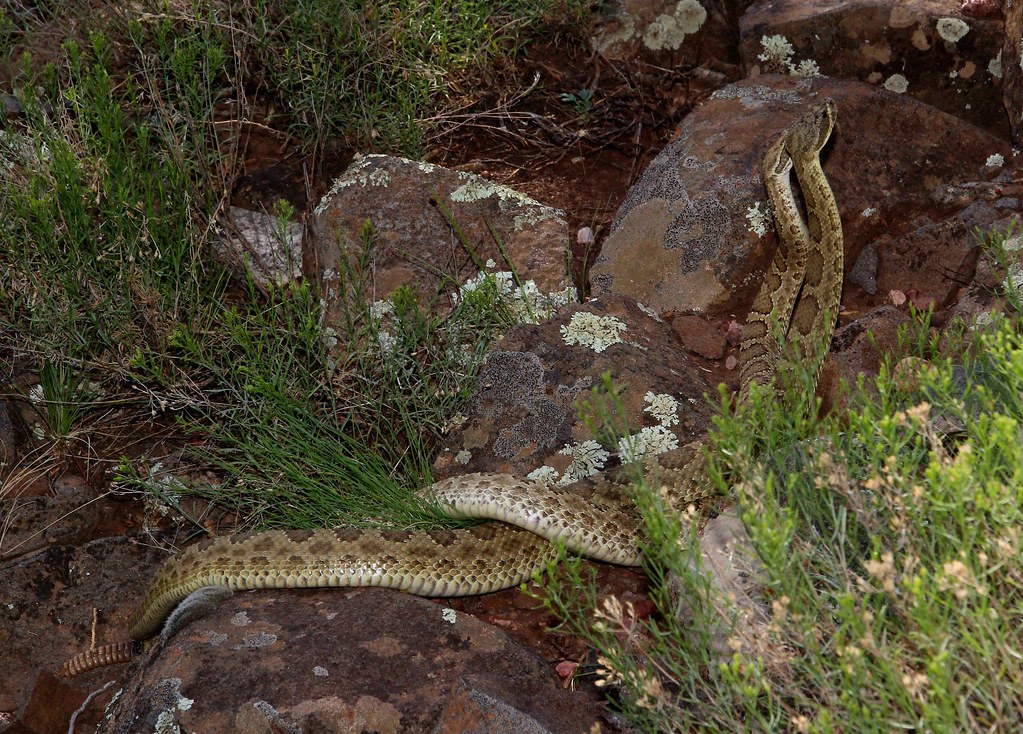
The full moon serves as a critical navigational aid for many snake species, particularly during seasonal movements or migrations. Certain species, including some rattlesnakes and vipers, use celestial cues, including moonlight patterns, for orientation when traveling between hunting grounds and winter dens. The consistent light direction provided by the full moon allows snakes to maintain directional awareness over longer distances than would be possible during darker lunar phases. This navigational advantage becomes especially important during seasonal transitions when snakes may need to travel significant distances to reach appropriate hibernation sites. Researchers tracking snake movements have documented increased directional precision and longer travel distances during full moon periods compared to other lunar phases.
Water-Related Behavior Changes

For semi-aquatic and aquatic snake species, the full moon triggers notable changes in water-related behaviors. Species like water moccasins and water snakes often increase their fishing activities during full moons when fish and amphibians are more visible near the water’s surface. The moon’s gravitational pull, which affects tidal patterns, can influence the movement of aquatic prey, creating feeding hotspots that snakes have evolved to exploit. Additionally, the reflection of moonlight on water creates distinctive visual patterns that some snake species use to identify productive hunting areas. Researchers studying snake feeding behaviors have documented significantly higher success rates for aquatic hunting attempts during full moon periods, particularly in clear, shallow waters where moonlight penetration maximizes visibility advantages.
Understanding the Impact of Human-Snake Encounters

The increased activity of snakes during full moons has practical implications for human-snake interactions. Outdoor enthusiasts, hikers, and residents in snake-populated areas should exercise heightened awareness during full moon periods, particularly in the evening hours. Statistical analyses of snake encounter reports from wildlife agencies show a correlation between full moon phases and increased sightings, especially in rural and wilderness areas. For those concerned about venomous species, it’s worth noting that rattlesnake bites have been documented to occur more frequently during full moon periods in some regions. Understanding these patterns allows for better preparation and appropriate precautions when venturing into snake habitats during peaks of lunar-influenced activity.
Regional and Species Variations

The influence of lunar cycles on snake activity isn’t uniform across all species or geographic regions. Desert-dwelling species often show more pronounced lunar activity patterns than their forest-dwelling counterparts, likely due to the greater moonlight penetration in open environments. Tropical snake species typically display less lunar influence than temperate species, potentially because tropical environments generally offer more consistent year-round conditions. Research examining rattlesnake movement in the American Southwest found that lunar effects were most pronounced during transitional seasons (spring and fall) but less significant during extreme summer heat. These regional and species-specific variations highlight the complex interplay between lunar influences and other environmental factors in determining snake behavior patterns.
Debunking Common Myths
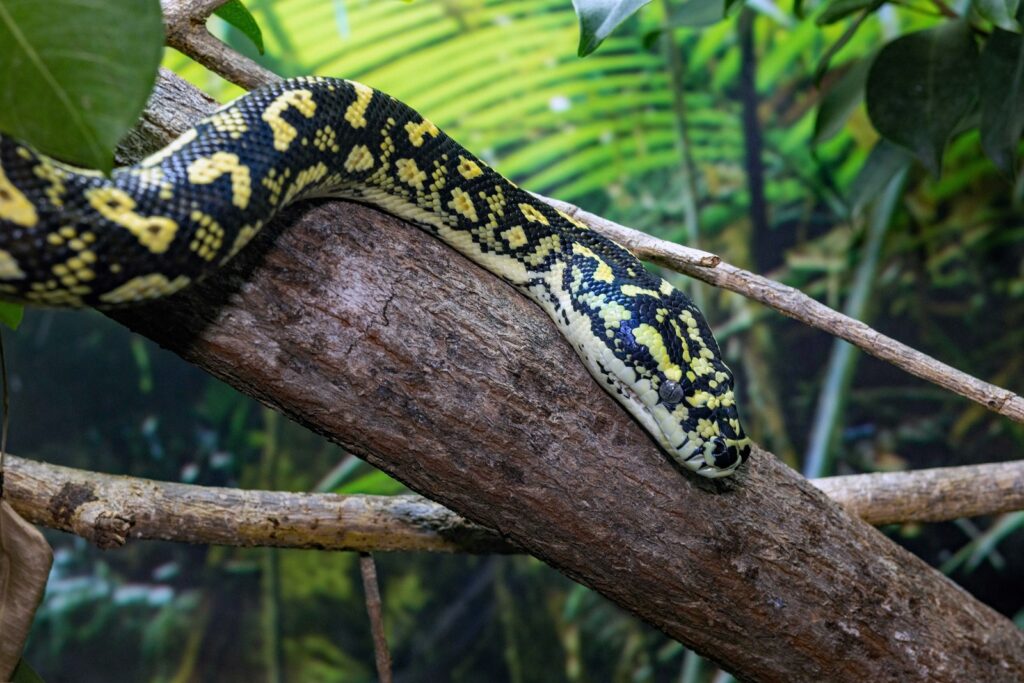
While scientific evidence supports increased snake activity during full moons, many misconceptions persist about this phenomenon. Contrary to some folklore, snakes do not become more aggressive or venomous during full moons—they simply become more active in their normal behavioral patterns. Another common misconception is that all snakes respond identically to lunar phases, when in reality, responses vary significantly by species, habitat, and season. Some cultures historically associated full moons with the supernatural transformation of snakes, beliefs that lack a scientific basis but reflect the observable behavioral changes that people noticed across generations. Understanding the actual mechanisms behind lunar-influenced snake activity helps separate fact from fiction while appreciating the fascinating ecological adaptations at work.
Practical Applications for Conservation
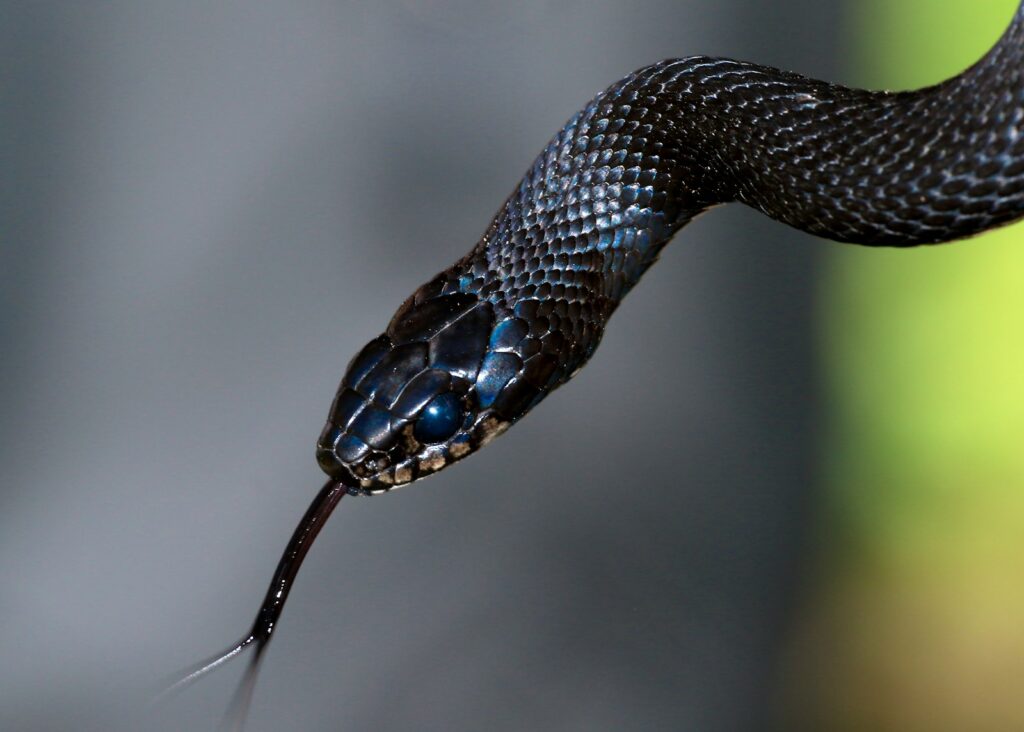
Knowledge about lunar influences on snake activity has valuable applications for conservation efforts. Wildlife managers often schedule snake population surveys during full moon periods to maximize observation opportunities and gather more accurate data. Understanding these activity patterns helps conservation organizations better protect critical snake habitats during key movement periods. For endangered snake species, conservation breeding programs sometimes incorporate lunar cycle timing into their protocols to increase reproductive success rates. Additionally, snake rescue organizations and wildlife rehabilitation centers typically increase staffing during full moon periods in anticipation of higher call volumes related to snake encounters and potential conflicts with humans.
The relationship between snakes and the full moon represents a fascinating example of how celestial rhythms influence terrestrial wildlife. Through multiple mechanisms—including improved visibility, prey availability, thermoregulation advantages, and physiological responses—the full moon creates optimal conditions that snakes have evolved to exploit. This lunar influence reminds us that wildlife behavior is intricately connected to environmental cycles that humans often overlook in our artificially illuminated modern world. By understanding these natural rhythms, we gain not only scientific insight but also practical knowledge that can improve conservation efforts and human-wildlife coexistence. The next time you find yourself outdoors during a full moon, remember that the silvery light flooding the landscape is doing more than creating beautiful scenery—it’s triggering ancient behavioral patterns in the reptilian residents that share our environment.

